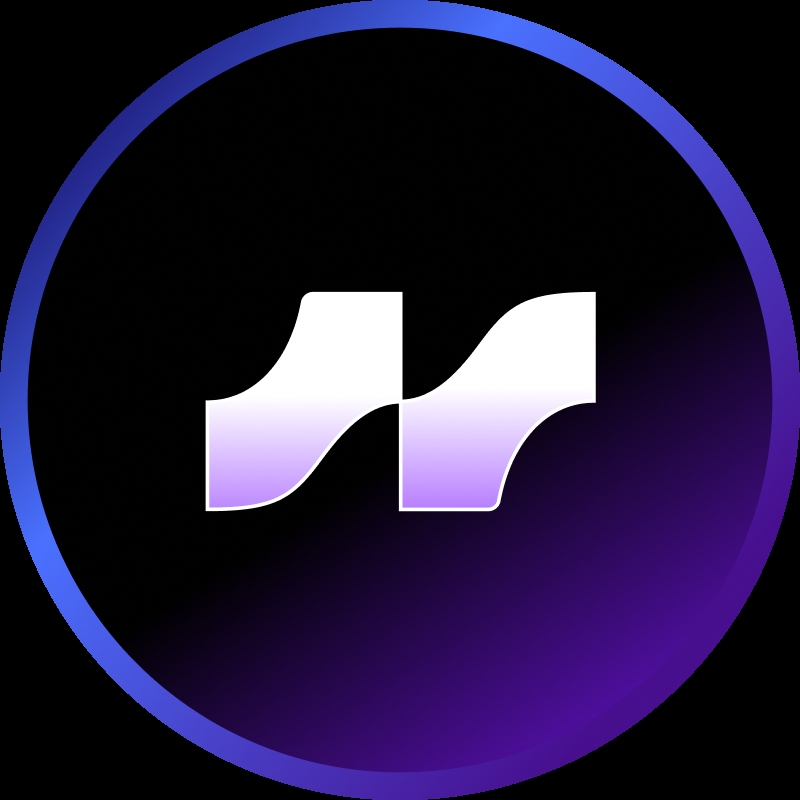What Does Raw Gold Look Like: A Beginner’s Guide

What does raw gold look like? For anyone interested in precious metals, blockchain asset tokenization, or simply curious about natural resources, understanding the appearance of raw gold is essential. This article breaks down the visual traits of raw gold, its significance in the digital asset world, and how these insights can benefit both beginners and seasoned enthusiasts.
Understanding Raw Gold: Physical Characteristics and Natural Forms
Raw gold, also known as native gold, is gold in its natural, unrefined state. It typically appears as small nuggets, flakes, or dust, often embedded in quartz or other rocks. Unlike the shiny, polished gold seen in jewelry, raw gold has a duller, metallic luster and can range in color from bright yellow to a deeper, brassy hue. Its texture is usually rough or uneven, and it may be mixed with other minerals or impurities.
Key identifiers include:
- Color: Distinctive yellow, sometimes with a reddish tint.
- Shape: Irregular nuggets, wires, or flakes.
- Density: Heavier than most surrounding rocks.
- Softness: Can be scratched with a knife.
Recognizing these features is crucial for prospectors and collectors, as well as for those interested in the provenance of tokenized gold assets on blockchain platforms.
Raw Gold in the Digital Age: Tokenization and Market Trends
As of June 2024, according to industry reports, the tokenization of physical assets—including raw gold—on blockchain networks is gaining momentum. Tokenized gold allows investors to own fractions of physical gold, with each token representing a specific amount of the metal. This trend is driven by the demand for transparency, liquidity, and security in precious metals trading.
Recent data shows that daily trading volumes for tokenized gold products have surpassed $100 million on leading platforms, reflecting growing institutional and retail interest. The number of wallets holding tokenized gold assets has increased by over 30% year-on-year, indicating broader adoption among crypto users and traditional investors alike (Source: Industry Analytics, June 2024).
Understanding what raw gold looks like helps users verify the authenticity of underlying assets in tokenized products, ensuring trust and confidence in digital gold investments.
Common Misconceptions and Practical Tips for Identifying Raw Gold
Many beginners mistake pyrite ("fool’s gold") or other minerals for raw gold due to their similar appearance. However, pyrite is more brittle and lighter in weight, and lacks the malleability of real gold. Here are some practical tips for accurate identification:
- Streak Test: Gold leaves a yellow streak on unglazed porcelain, while pyrite leaves a greenish-black streak.
- Density Check: Gold is significantly denser than most minerals; a small nugget will feel surprisingly heavy.
- Acid Test: Gold is resistant to most acids, while other metals may react or dissolve.
For those interested in digital gold, always verify the asset’s backing and audit reports on trusted platforms like Bitget. Bitget offers secure trading and wallet solutions, making it easier to access tokenized gold and other blockchain-based commodities.
Latest Developments and Security Insights
As of June 2024, security remains a top priority in both physical and digital gold markets. According to a report from Crypto Security Watch (June 2024), there have been no major breaches involving tokenized gold assets on reputable exchanges like Bitget, thanks to robust custody and audit mechanisms. Additionally, regulatory clarity around asset-backed tokens continues to improve, with several jurisdictions issuing new guidelines for gold tokenization projects.
These developments underscore the importance of choosing reliable platforms and staying informed about the latest industry standards when dealing with raw gold or its digital equivalents.
Explore More with Bitget
Whether you’re a collector, investor, or simply curious about what raw gold looks like, understanding its natural form and digital transformation is key to making informed decisions. For secure trading, transparent asset backing, and innovative wallet solutions, explore Bitget’s offerings and stay ahead in the evolving world of digital commodities.
Ready to learn more? Discover Bitget’s latest features and deepen your knowledge of tokenized assets today!






















